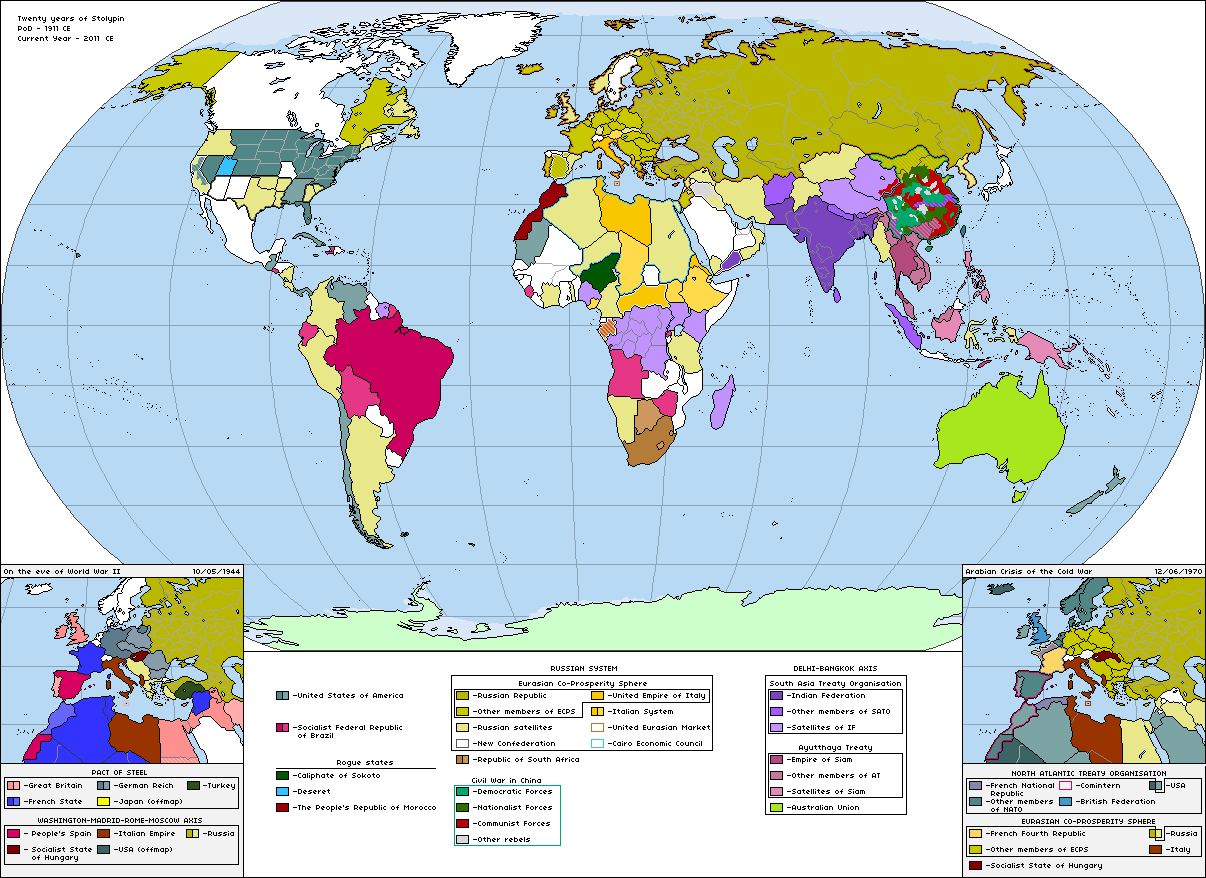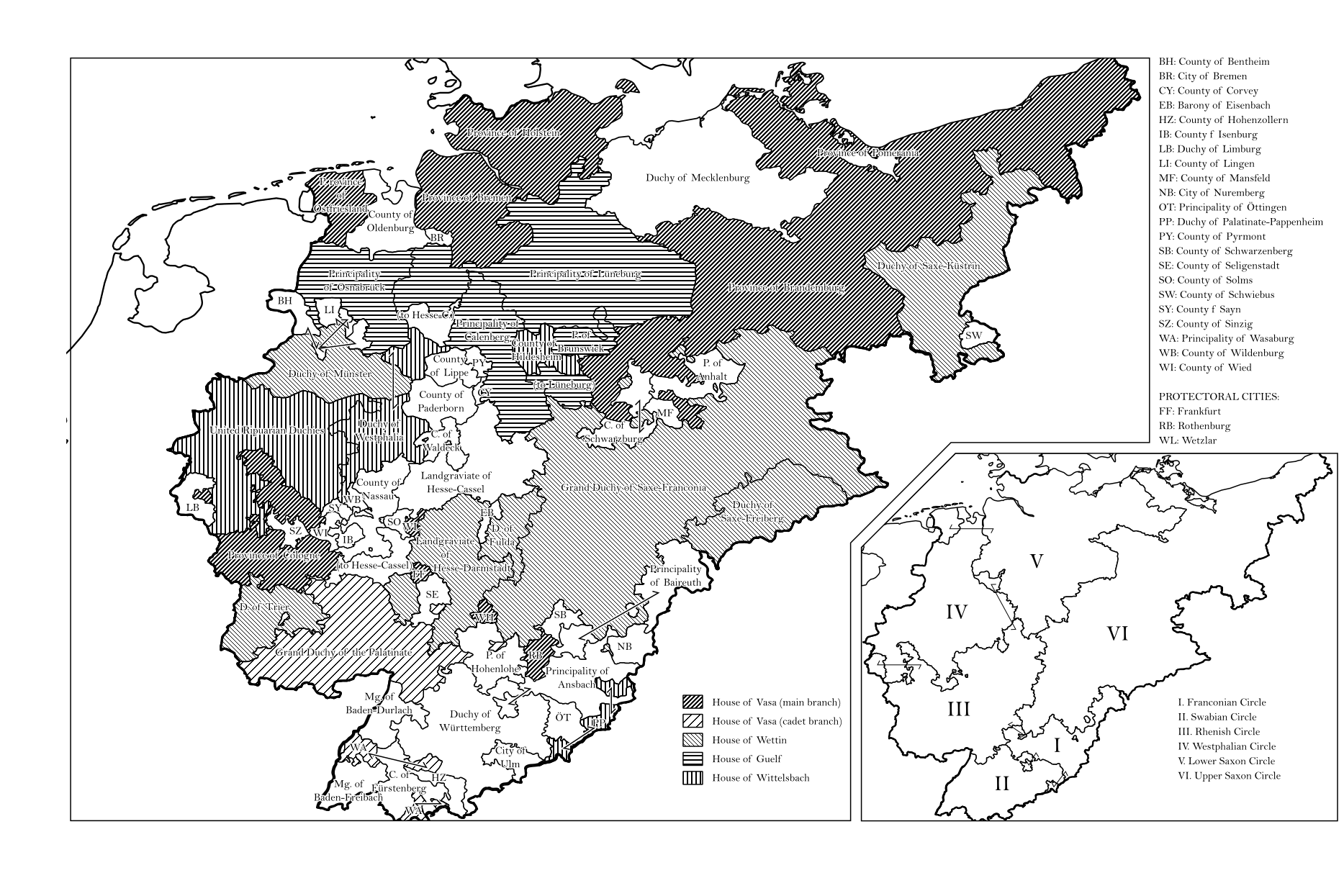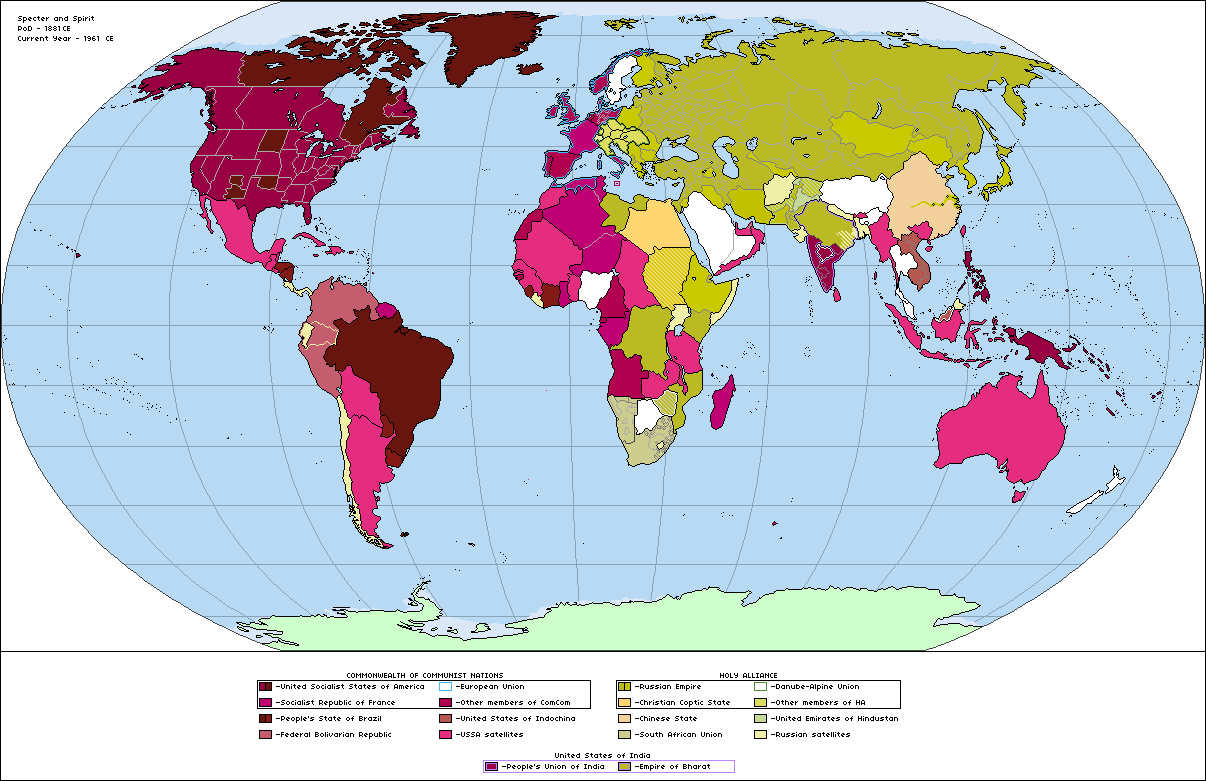
Following near collapse in the early VII Century, the Sassanid Empire was blessed with a series of decent rulers and great weakness from potential enemies. The Gökturks had proven unable to actually take down the Iranian fortresses to the east, and the rising Malikate, weakened after succession wars posterior to the death of the empire's founder, Muhammad (who did not manage to get the same amount of followers as iOTL). Succession wars deeply weakened the Malikate and resulted in the creation of an extremely weak confederal structure. The religion wars, of course, continued anyway, and Iran was deeply destroyed: the Zagros, a natural point of defense, was the end of the strength of Islamic advances. The Sinai and Cicilia were the limits of the expansion of Islam within the Byzantine Empire's borders. Weakened and torn apart from Egypt, Rome soon lost all but its heartland in Greece and Anatolia: Egypt became an independent state - the Coptic "XXXIII Dynasty" which ruled Egypt until the late 800s.
All states in the Middle East, even Byzantium, have, for differing periods of time, been occupied by other States or annexed into largest empires. Even the proud Roman Empire was annexed in the mid-900s by a short-lived Avar Empire, and then usurped by Slavonic-Viking warriors in the early 1000s. Only Iran has remained unoccupied, and under the rule of the same Sassanid dynasty (and after the extinction of its main line in 1237, by the Sassan-Mihranid cadet branch). The collapse of the Malikate made Iran a dominant power in the Middle East.
Today, Iran has evolved into a parliamentary monarchy and the world's wealthiest country. The Iranian government, originally Zoroastrian (until Shapur VIII's conversion to Mazdakism in 912 AD) managed to defeat the political interests of rival dynasties and the clergy by emphasising radical economic redistribution and democratic ownership of the economy. Its main regional rivals today are not the Roman and Arab enemies of old, but rather new powers: the multiethnic United States of Turan up north, and the Republic of India. Iran's old enemies, especially Rome, are now, ironically, strategic allies: economically allied with Asorestan, Makan and the Mubarakkiyah (also deeply communistic, although fully democratic), are by far the world's greatest producers of oil and deeply dominant within the international stage.





